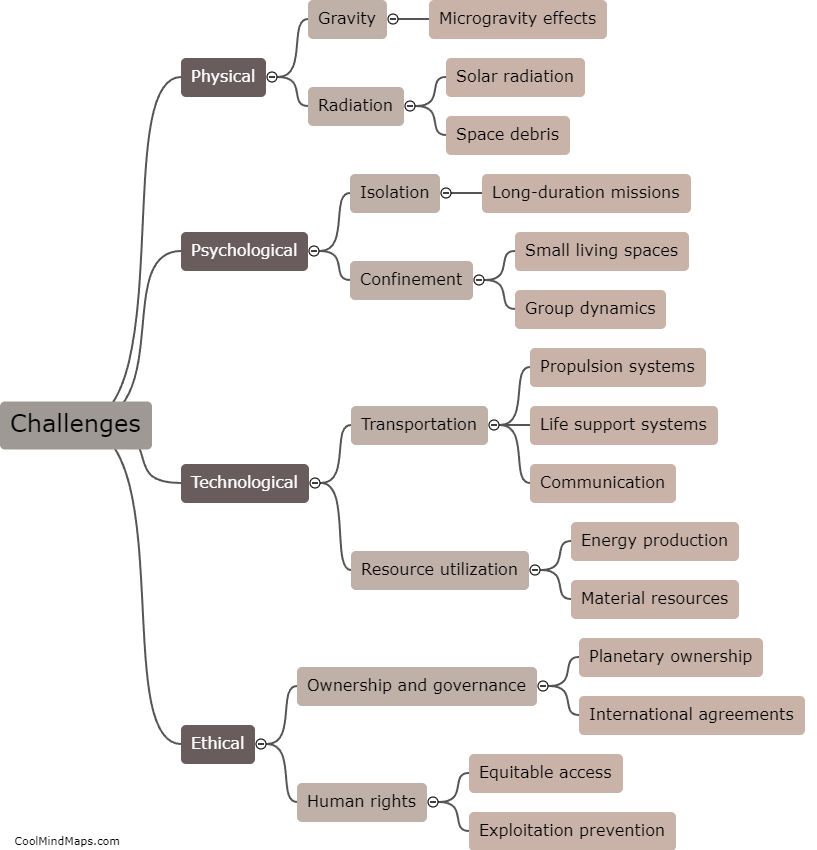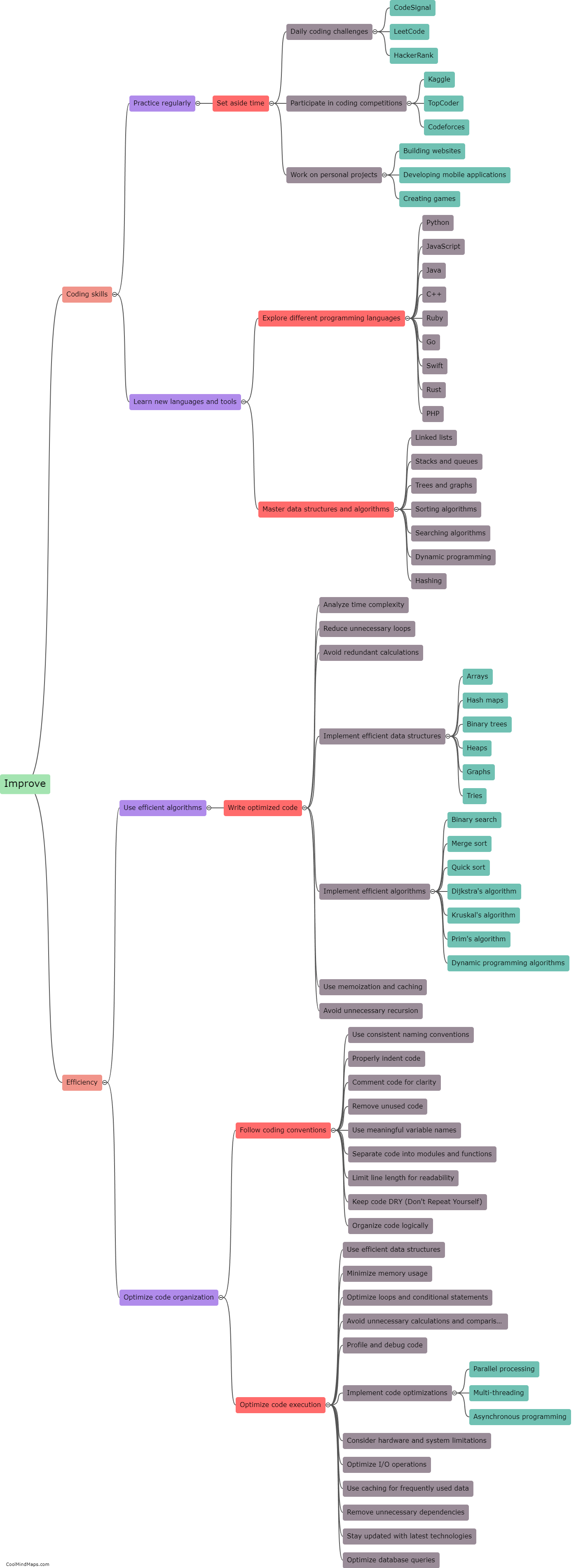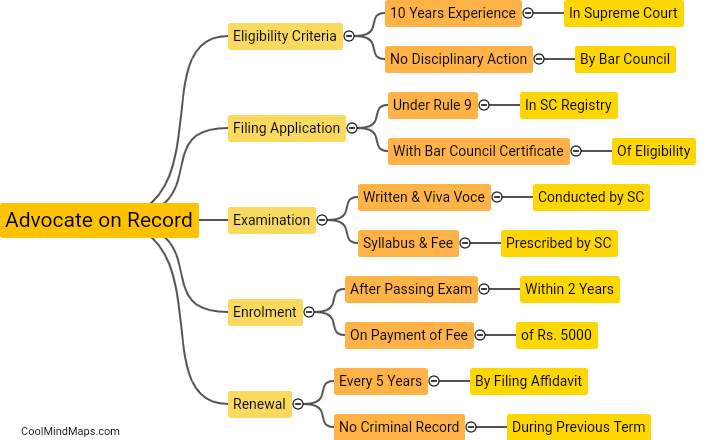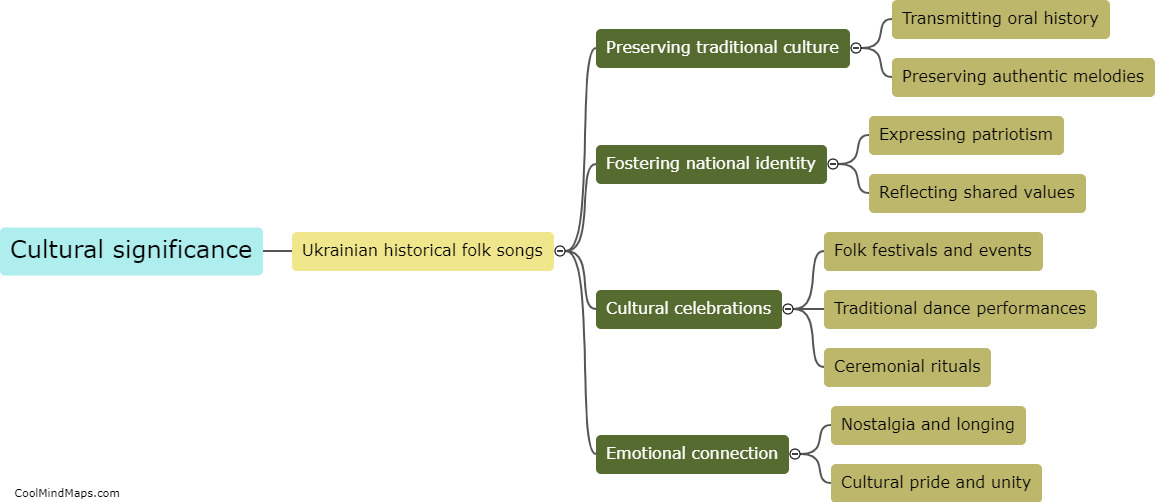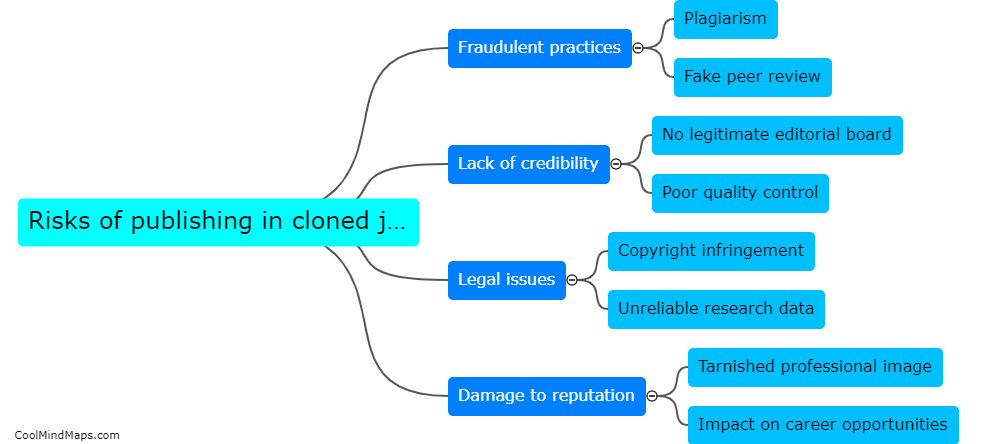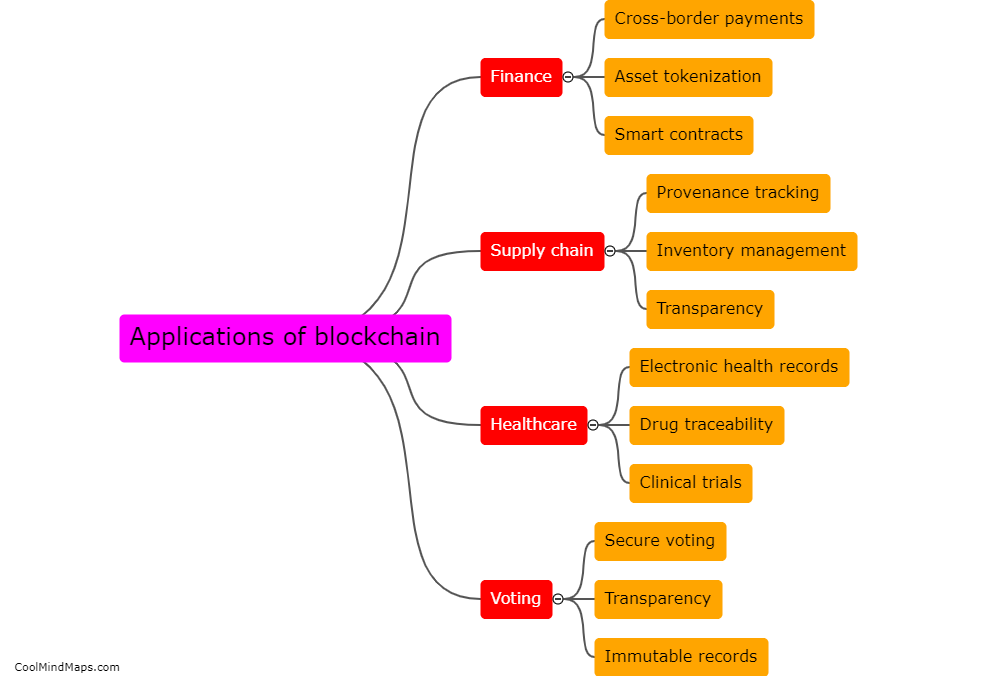How can cloned journals be identified?
Cloned journals, also known as predatory journals, can be identified through several red flags. These include substandard or nonexistent peer review processes, exaggerated claims of impact factor, lack of transparency in publication fees, and poor quality of published articles. Researchers should also be cautious of journals that solicit manuscripts through unsolicited emails or social media messages. Additionally, using databases such as Beall's List or the Directory of Open Access Journals can help researchers identify potentially cloned journals. It is important for researchers to critically evaluate the credibility and legitimacy of a journal before submitting their work for publication.
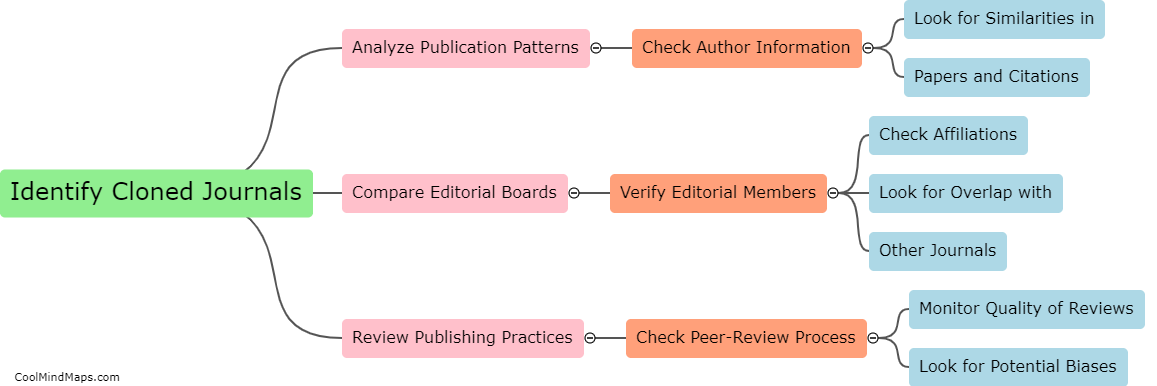
This mind map was published on 2 June 2024 and has been viewed 68 times.
